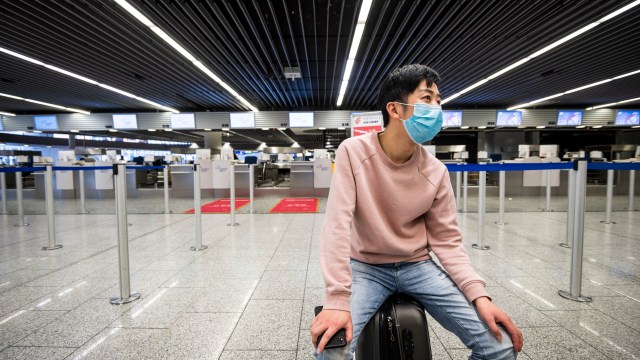5 Harmful But Untrue Myths About The Novel Coronavirus
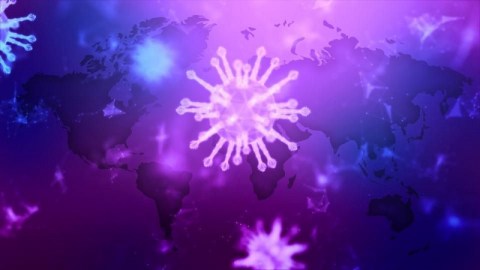
We cannot give in to fear, but we cannot be reckless when the lives and health of so many are at stake.
There is a novel infectious disease that is currently spreading across planet Earth, having already infected millions and killed close to 300,000 human beings. The disease, COVID-19, is caused by a novel strain of coronavirus, SARS-CoV-2, which currently has neither a vaccine nor a universally safe and successful treatment for it. This highly contagious virus can be spread through coughing, sneezing, or even talking, and is particularly deadly to the elderly and immunocompromised.
There are important actions we can all take — and important behaviors to avoid — if we want to maximize the number of lives saved while minimizing the damage caused by non-essential contacts. However, a number of untrue narratives have arisen that are dangerously misinformative about the virus, how it spreads, and how it impacts both individuals and society. Here’s the real science, to the best of our knowledge, about 5 of the most widespread and harmful myths about the novel coronavirus.

1.) I’ll be safe if I maintain a 6 foot (2 meter) distance from everyone else when I’m in public. This is arguably the most widespread piece of advice that has been disseminated across the globe as respects the novel coronvirus, most commonly known as either “social distancing” or its more accurate name, “physical distancing.” By maintaining a distance of at least 6 feet (2 meters) from other people, we’re less likely to contract any infections that could be spread by either direct physical contact or close airborne contact.
It’s true that keeping that distance, not touching others, not touching your face, and not touching items that others have touched will all reduce your risk of catching the novel coronavirus. But a reduced risk only means that you’re relatively safer compared to someone who doesn’t participate in social distancing. It is not the same as a negligible risk, and the risks of assuming you’re safe when you’re not can literally be deadly.
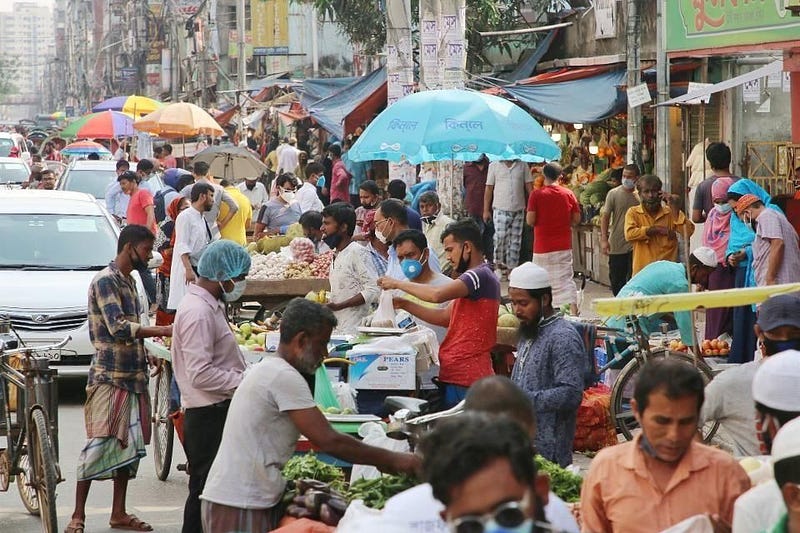
Sure, more distance is better than less distance, but that’s because you’re farther from the source of infection. In reality, your risk of contracting the SARS-CoV-2 virus depends on your total exposure to the virus; you’re much more likely to get infected if you encounter thousands of virus particles versus hundreds, dozens, or just a handful. But many factors can increase your total exposure, even with appropriate distance.
- The more people don’t wear masks, the greater your exposure to virus particles.
- The longer you spend in an enclosed space where the infection is present, the greater your exposure.
- And yes, the closer you are to an infected person, the greater your exposure.
If even one person in an enclosed space has the virus, it can easily grow exponentially among the population inside. From aircraft carriers to cruise ships to prisons, nursing homes and meat packing plants, this fact has led to the largest coronavirus clusters to date.
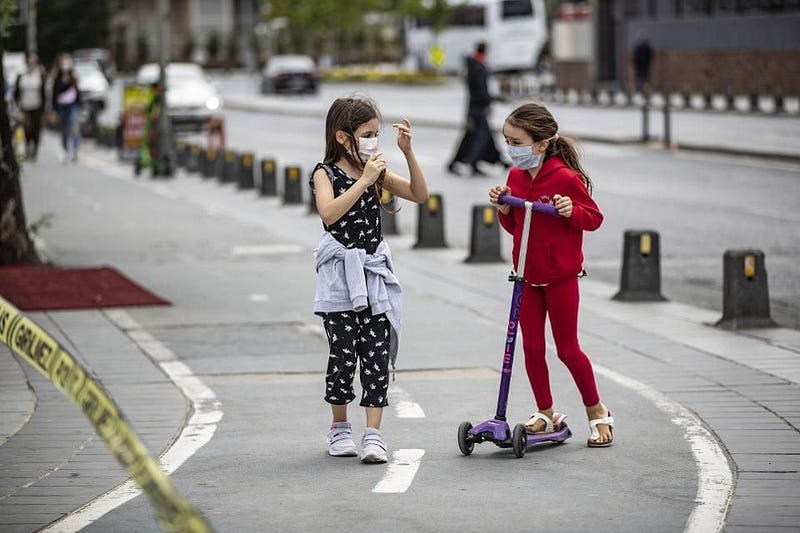
2.) Children cannot catch or spread the virus. This is one of those myths that I was shocked to learn was widespread, not only in the United States but in many countries across the world. While it’s true that the overall mortality rate in children is quite low — only 12 children have died from COVID-19 in New York (out of ~27,000 total fatalities) — children are most certainly not immune to the effects of the virus.
A child’s immune system is not fundamentally different from an adult’s immune system, as human beings are vulnerable to the same sets of infectious pathogens at any age. While their mortality rates are low, many young children experience unusual inflammatory conditions, similar to toxic shock syndrome and/or Kawasaki disease.

But even if no children ever died of COVID-19, it would still be unsafe to open up daycare centers, summer camps, and public schools for one major reason: infected children are extremely likely to infect other (adult) members of their households and to serve as disease vectors, increasing the spread of SARS-Cov-2. Infected children will infect their family members, and so even if they themselves are at a low risk for complications, the adults they come into contact with are vulnerable, as are the adults that come into contact with other children they infected.
The CDC noted, back in early April, that children can experience different symptoms than adults but may still have severe outcomes, including death. The preventative behaviors that are being recommended are recommended for children as well, as they can play an enormous role in disease transmission. Just as adults can catch the disease and spread it to vulnerable populations even if they have no symptoms, so can children.
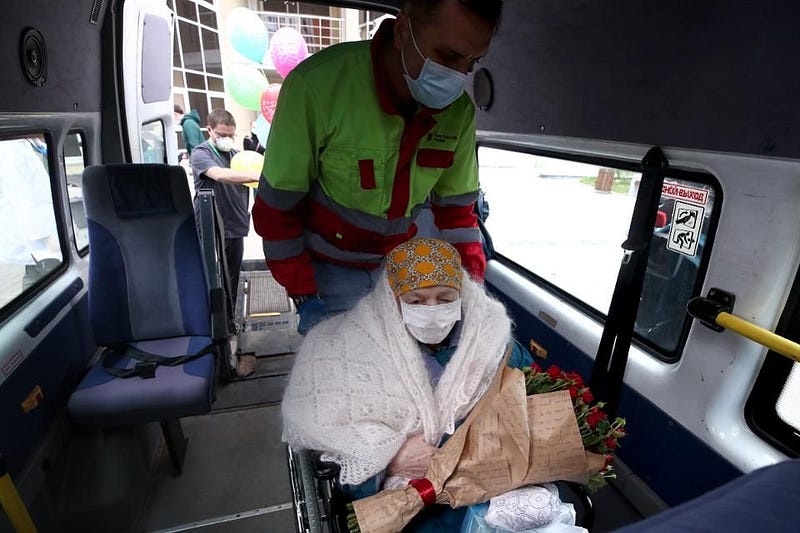
3.) You’re not at risk of dying unless you have pre-existing conditions. There’s a kernel of truth here, as it’s true that you’re at an elevated risk of dying from COVID-19 if you have a pre-existing condition. But even otherwise healthy people — of all ages — have experienced enormous complications from this disease: stroke, renal failure, lung scarring, heart damage, digestive problems, and neurocognitive impacts.
Yes, most of the people who are hospitalized with COVID-19 do have at least one pre-existing condition, but a substantial percentage of severe patients (and a substantial fraction of coronavirus-related deaths) come from patients who had no pre-existing conditions at all. It shouldn’t be forgotten that Li Wenliang, the doctor who helped alert the world to the novel coronavirus, was only 33 when he contracted SARS-CoV-2. He had no pre-existing conditions, he died just four weeks after first being exposed to the virus, and his story is not that of a unique outlier.
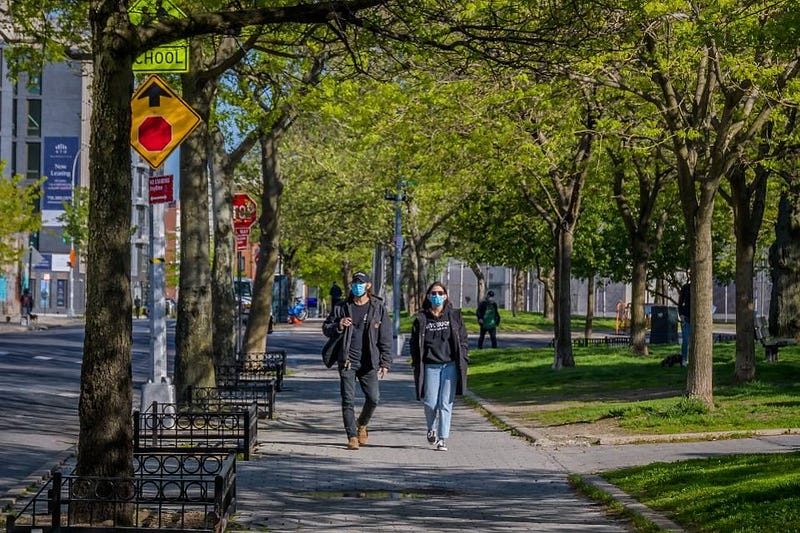
4.) Most people have already been infected, and are therefore now immune. The good news about this myth is that if you contracted and recovered from SARS-CoV-2, it really does appear that you cannot be reinfected by the current strains of the virus that are out there. A major mutation may yet occur, but for now, those who have been infected and recovered should be immune to getting reinfected.
But the reason it’s a myth is that most people, even in the hardest-hit regions where the most severe outbreaks have occurred (like New York and Milan), have not yet been exposed to the novel coronavirus. According to Johns Hopkins:
Even in hotspots like New York City that have been hit hardest by the pandemic, initial studies suggest that perhaps 15–21% of people have been exposed so far. In getting to that level of exposure, more than 17,500 of the 8.4 million people in New York City (about 1 in every 500 New Yorkers) have died, with the overall death rate in the city suggesting deaths may be undercounted and mortality may be even higher.
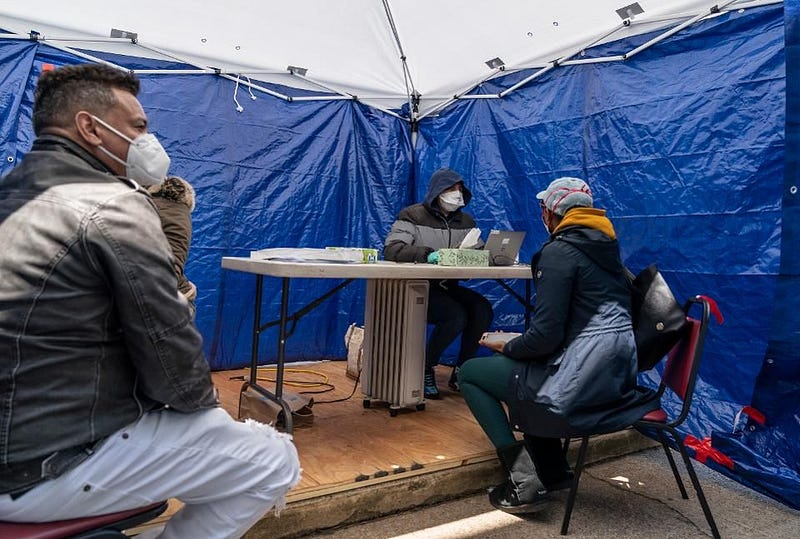
We remain incredibly vulnerable — on all levels, from local to global — to death and infection from the novel coronavirus. Herd immunity has not been achieved, a situation that’s only likely to occur if either 70% or more of the population gets infected or a vaccine is developed. If it’s the former, more than 500,000 Americans will die from COVID-19 by the time that occurs.
These figures may get even worse, as the death rate from COVID-19 is likely severely underestimated and the pressure to reopen businesses, restaurants, gathering places and events is likely to lead to brand new coronavirus clusters: places where the virus will once again begin to grow exponentially. The fact that the overwhelming majority of the population remains vulnerable means that only a small fraction of people are immune, and that puts everyone who has yet to face the disease at risk.
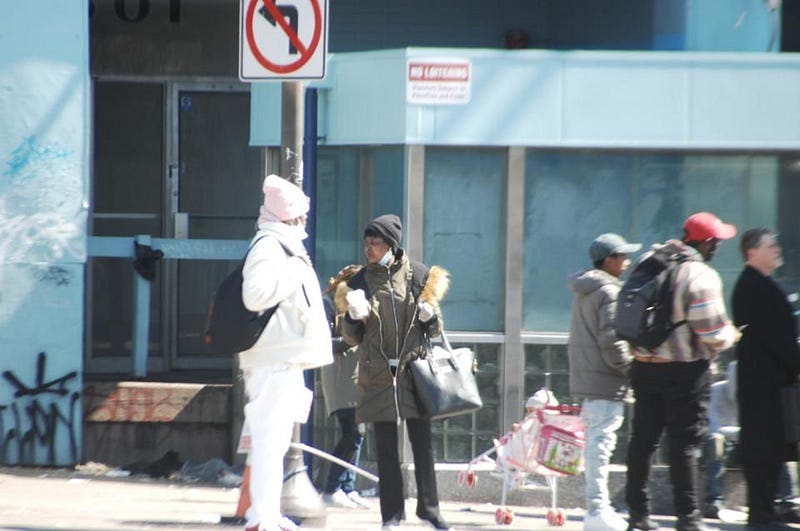
5.) I can go back to my “old normal” once my area reopens. This is perhaps the most dangerous myth of all, as it’s our collective behavior that is the largest arbiter of new infection rates. Thousands of essential employees — at places like meat-packing and poultry-processing plants — are showing new infections. Construction workers in Austin, TX, who recently returned to work, have shown a large spike in new cases. Infection rates in Tennessee, which recently began a phased reopening, have experienced a resurgence after falling prior to that.
But the pressure to return to normal is enormous, even if it runs counter to the best science that we have. Every non-essential contact that we choose to engage in — with friends, relatives, coworkers, customers, etc. — has the potential to increase the infection rate and counteract the good work that social distancing has brought us.
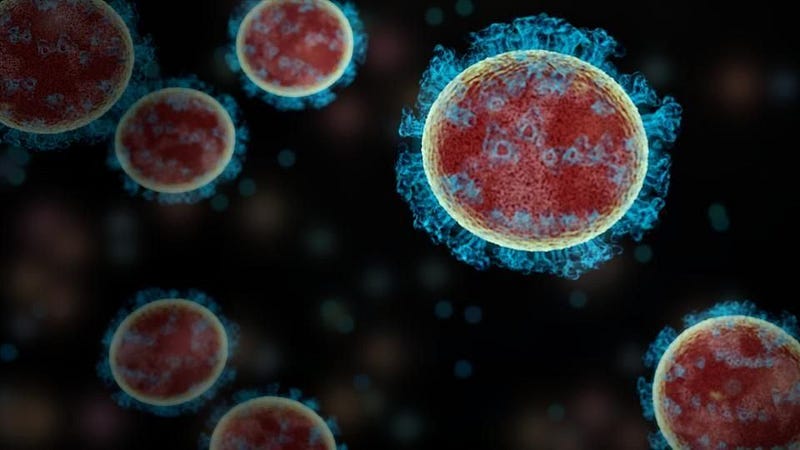
Until a vaccine is available and widespread, we have to adjust our idea of what “normal” is. If we don’t, we’ll go right back to where we were in February and March: with the rates of infection growing exponentially among the general populace. There are lots of good actions we can take: social distancing, wearing masks, minimizing the time we spend in close quarters with others, etc., but these actions are more effective when we all take them.
Despite all we’ve learned about the novel coronavirus, there’s still much that’s unknown. However, there are many dangerous myths surrounding this disease that are simply untrue even though they’re widespread. The consequences of believing those myths will result in people doing what they feel, to the detriment of themselves, others, and society as a whole. The smart solution is to listen to the best scientific evidence we have, as frustratingly incomplete as it is.
Ethan Siegel is the author of Beyond the Galaxy and Treknology. You can pre-order his third book, currently in development: the Encyclopaedia Cosmologica.





